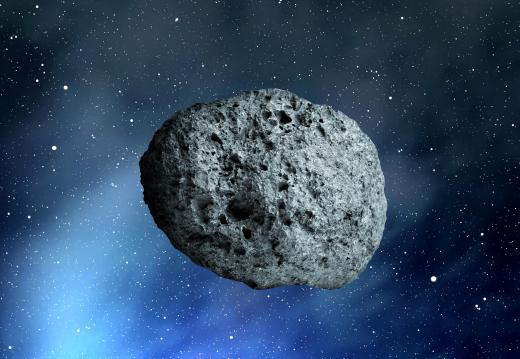What Was the Tunguska Event?
 Michael Anissimov
Michael Anissimov
The Tunguska event is the largest impact event in recorded history. It occurred in 1908 near the Tunguska river, in mideast Russia, an isolated area. It is thought to have been caused when a large meteoroid or comet 197 to 623 feet (60 to 190 meters) in diameter exploded approximately 3 to 6 miles (5 to 10 kilometers) above the ground. The Tunguska event flattened an area of forest over 30 miles (50 km) wide, felling over 80 million trees. At the epicenter of the blast, trees were left standing, but stripped of their bark and limbs.
Because of the mysteriousness of the Tunguska blast — no meteroid was ever found — it has been the subject of various pseudoscientific theories about its origin, including the crash of an alien spaceship or an experiment carried out by Nikola Tesla. The scientific community is in consensus that the blast was likely caused by a meteor airburst. Various calculations involving the time of occurrence and angle of approach of the body suggest that the body came from the direction of the asteroid belt.

For decades, scientists have been debating whether the body was a comet — a body primarily made of ice and dust — or an asteroid, which would be metallic and rocky in composition. Papers published in the last decade or so help support the asteroid hypothesis; if the body were a comet, it would have likely disintegrated further up in the atmosphere, rather than making it all the way to a few miles over the ground. The explosion was probably caused by the immense heat generated through atmospheric entry. Proponents of the comet hypothesis suggest that the Tunguska impactor was a comet with a stony core. To this day, most Russian scientists believe the Tunguska impactor was a comet, while American scientists believe it was an asteroid.

The Tunguska blast has been important in causing awareness for the possibility of large asteroids impacting the Earth's surface. If the Tunguska blast occurred over a populated area, it could have killed millions of people. The Guinness Book of World Records states if the collision had occurred just 4 hours 47 minutes later, it would have destroyed the city of St. Petersburg completely.
AS FEATURED ON:
AS FEATURED ON:













Discussion Comments
If it was a comet, or meteor, why would there be a mention of tunguska secret files?
How fortunate that the Tunguska explosion happened over an unpopulated area.
Post your comments